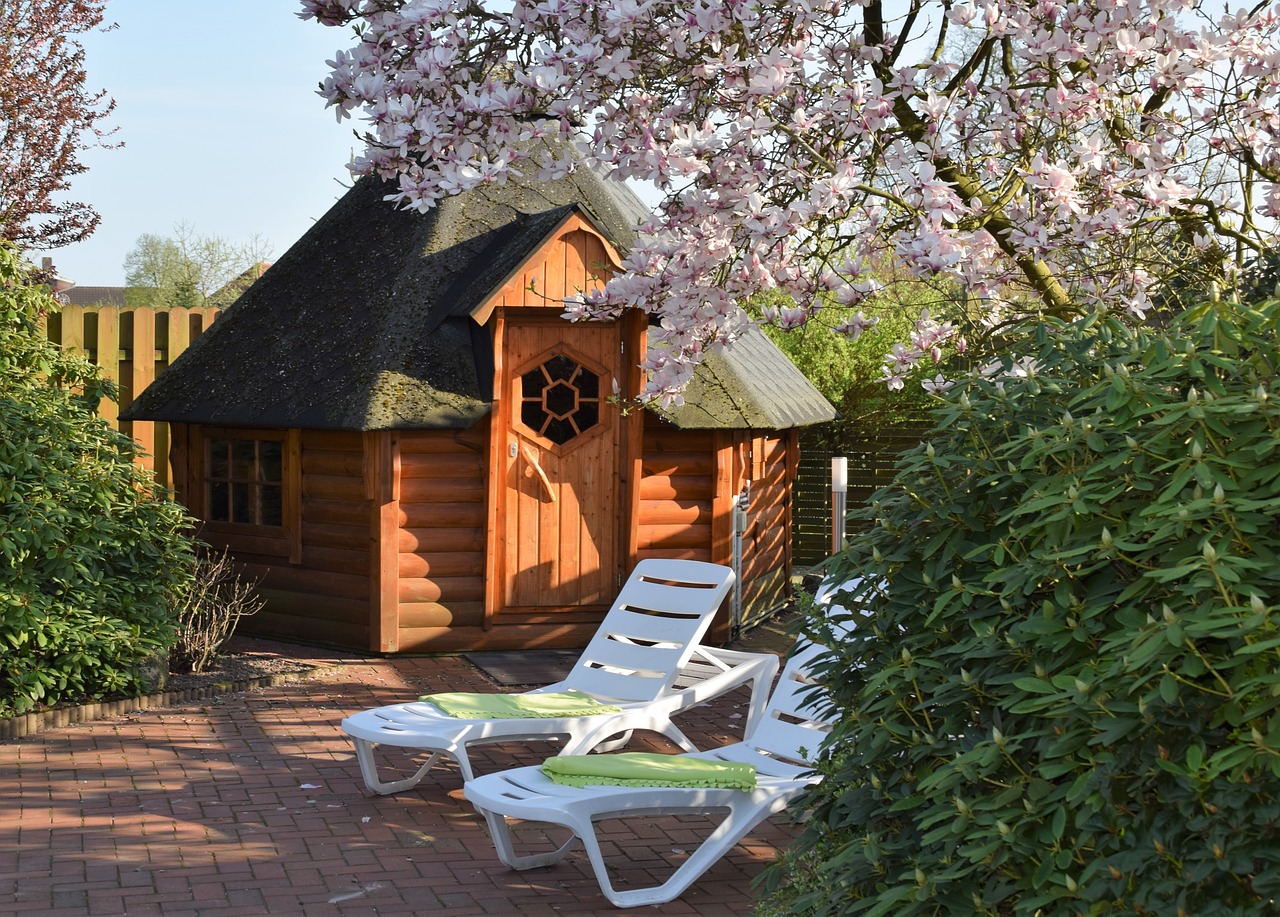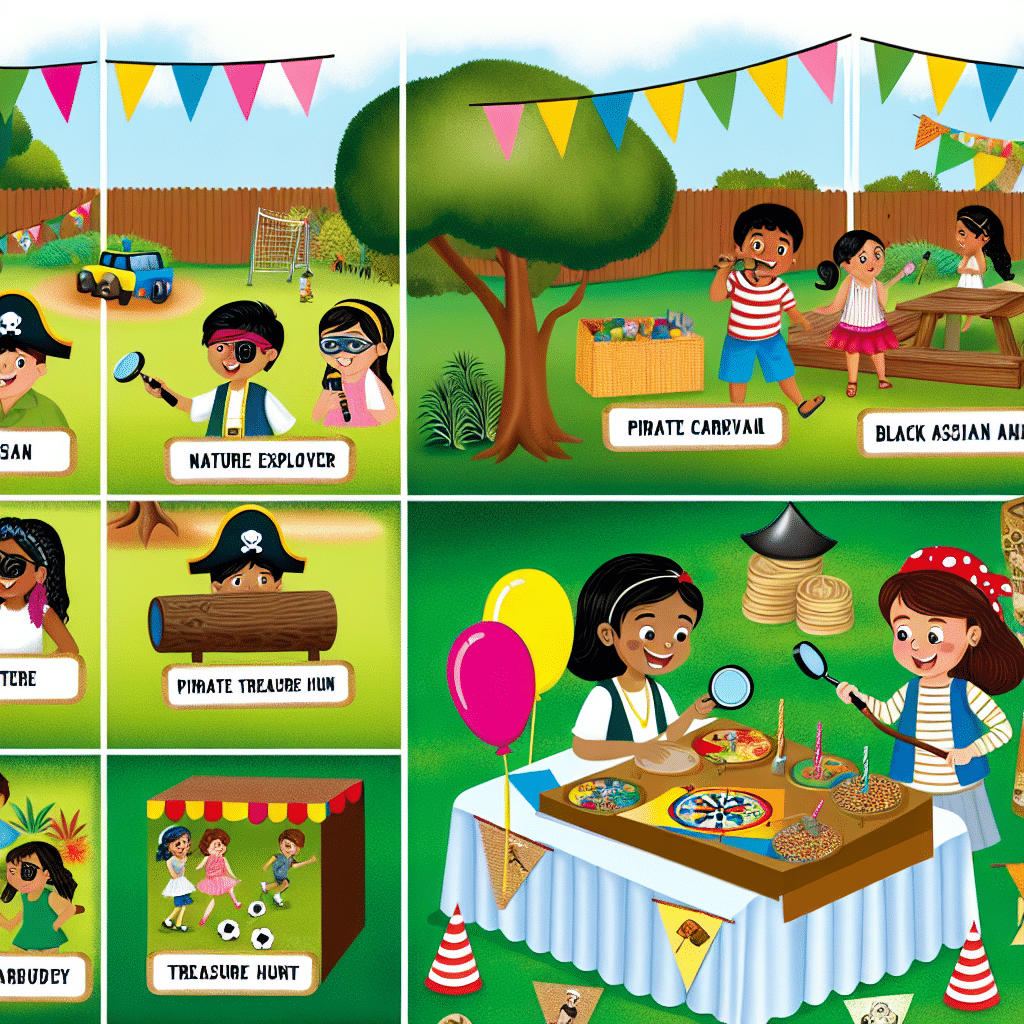If gardening is one of your hobbies, you probably have heard about the term “hardiness zone,” or as many gardeners call it, “gardening zone.” But being familiar with a term isn’t the same as understanding it, so if you haven’t had the opportunity to learn about it, now’s your chance.

What’s a gardening zone and why should you know that?
The term “gardening zone” refers to an area classification method developed by the United States Department of Agriculture in 1960. Originally, the map showed the classification of different areas in North America divided into 13 zones based on their average extreme minimal temperature (1 being the coldest and 13 being the warmest). Now, though, there’s a hardiness zone map for many other countries based on this method.
This method is meant to be used as a general guide for gardeners by providing them with an estimation of the level of coldness in their area. That way, they get an indication of what plants they should use (plants that can survive the regional minimum temperature) and when to plant or harvest them accordingly.
Thus, knowing your gardening zone will help you make an informed decision about what type of plant you should use and when to use it, so that you won’t waste time and gardening resources on a plant that can’t survive the extreme minimum temperature of your area. In other words, it’s important to know your gardening zone so that you won’t rely on sheer luck alone when taking care of your garden but can make an informed decision based on this estimation.
Why isn’t knowing your gardening zone enough?
While knowing your gardening zone can give you a rough estimation about how to handle your plants, it certainly isn’t providing you with the whole picture, which means you can’t base your whole gardening method and decisions only on that.
It’s important to keep in mind that it’s just an estimation, while the actual minimal annual temperature can be different enough so that it won’t be beneficial for you to use this system. Thus, it’s important to also rely on your gardening instincts while making decisions.
Moreover, the gardening zone is solely focused on the average minimal temperatures, while ignoring other important elements that can have a great effect on the way plants grow, such as the extreme maximum temperature, the different soil characteristics, water retention, frost, wind, etc.
Therefore, while knowing your gardening zone is important, it definitely isn’t the whole story, and there are more aspects you need to know and consider in order to grow a beautiful, lively garden.



